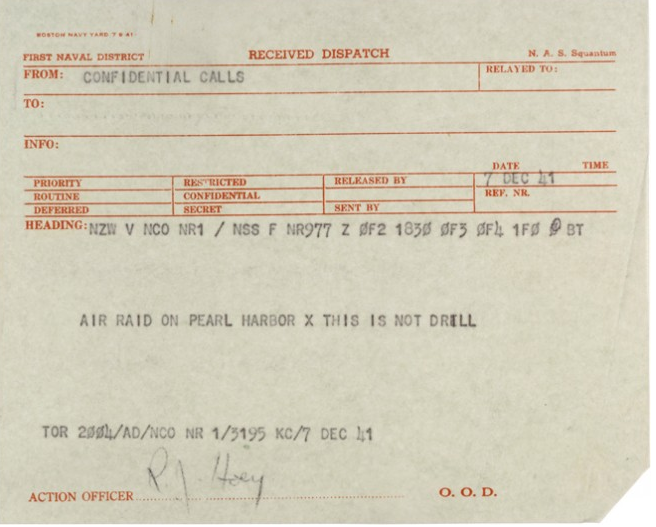Cross posted from The Stars Hollow Gazette
As per Sen. Karl Levin, Obama requested that the language barring the indefinite detention of US citizens be removed from the National Defense Authorization Bill. This doesn’t exonerate Levin or the other 97 Senators who voted “aye” on this travesty of legislation.
We have only a few days to speak up to Congress before the President signs NDAA Section 1031, permitting citizen imprisonment without evidence or a trial. Congress plans to give it to him to sign by Dec 9. But if we act urgently to raise awareness among our friends, family, and colleagues, we can still prevent this. Here is what we can do:
1) Americans must know about this to stop it. Urgently pass this petition as widely as possible: http://www.change.org/petition… … – Contact the media by any means available to you. ZERO news stories have covered this Chairman Levin clip yet!
2) Congress can still block the law before December 9. Write and call your Representative and Senator telling them to stop NDAA Section 1031.
Contact your Representative: http://writerep.house.gov/writ…
Contact your Senator: http://www.senate.gov/general/…3) Write and call the White House to tell the President you won’t sit by and watch NDAA Section 1031 become law: http://www.whitehouse.gov/cont…
4) Stay smart — To slow down journalists and concerned citizens, it appears Section 1032 was deliberately crafted to distract from Section 1031. However, section 1032 is NOT the citizen imprisonment law. Disturbingly, this confusion is helping Section 1031 to slip by the American people. Do NOT fall for the misdirection, stay informed and urgently work to stop NDAA Section 1031.
We need to stop Obama and Congress from trashing the Constitution.
Up Date 12.8.2011: The web site Lawfare has an excellent two part analysis and side by side comparison of the House and Senate versions of NDAA. Written by Benjamin Wittes, it is an enlightening read on the flaws of both bills:
As the House of Representatives and the Senate head to conference on the NDAA, I thought it might be useful to analyze the similarities and differences between the counterterrorism provisions of the two versions of the bill. People sometimes talk about the NDAA as though both houses are on the same track. And there are some similar themes. But the two bills are also quite different. And these difference give rise to opportunities in conference: opportunities to emerge with far better policy than either bill presents on its own, and opportunities for mischief as well.
In this pair of posts, which is organized thematically and loosely according to the sequence of provisions in the House version of the bill, I am going to do a kind of side-by-side analysis. In each section that follows, I will start with a discussion of the House bill, which is longer and more involved, then describe how the analogous Senate provision (if one exists) differs. I will then discuss what I think the optimal realistic policy outcome looks like given the two versions. I am not going to rehash the merits or lack thereof of the specific provisions, all of which we have discussed elsewhere. My point is simply to highlight where the Congress has a clear position and where the houses are reading from different playbooks.
The Senate version of the bill is available here (pdf), with the relevant section running from pp. 426-445. The House version of the bill is available here (pdf) and runs from pp. 567-603. As this will get long, I will break it up into two posts.

 John and I are in our Dakota kitchen in the middle of the night. Three cats – Sasha, Micha and Charo – are looking up at John, who is making tea for us two.
John and I are in our Dakota kitchen in the middle of the night. Three cats – Sasha, Micha and Charo – are looking up at John, who is making tea for us two.



